Look at Those Locks! Historical Hairstyles That Took Root
Ancient Coin Dulls Cleopatra's Beauty

This ancient Roman denarius coin depicts Cleopatra as a sharp-nosed, thin-lipped woman with a protruding chin.
Apprentice Geisha

Two apprentice geisha wear their hair in a traditional chignon style.
Merovingian King
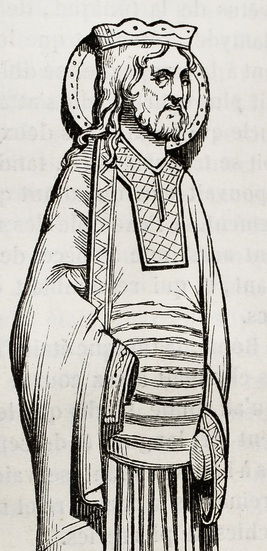
The Merovingian kings of early Europe wore their hair long as a sign of status.
Woman in Hennin

The conical, veiled hennin became popular in the 1400s in some areas of Europe.
Orthodox Jewish Man
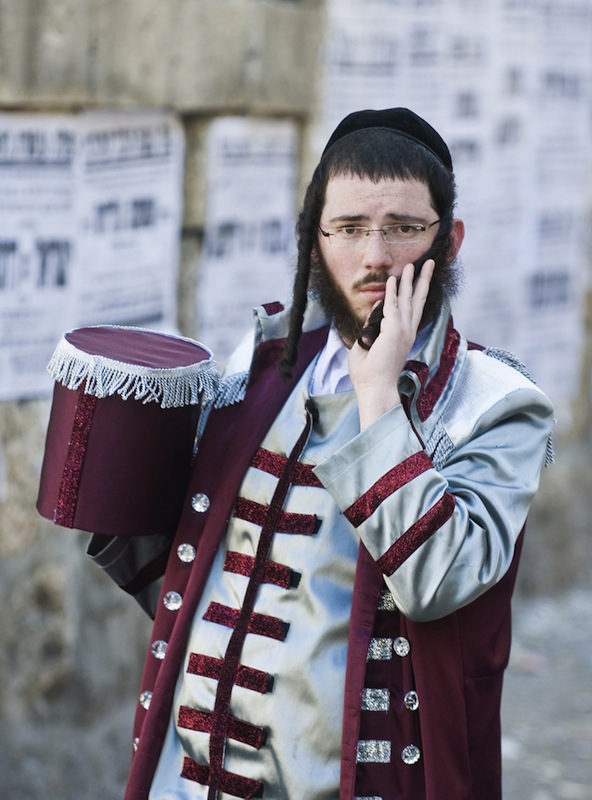
An Orthodox Jewish man with the traditional peyos, or long sidelocks.
Cornrows
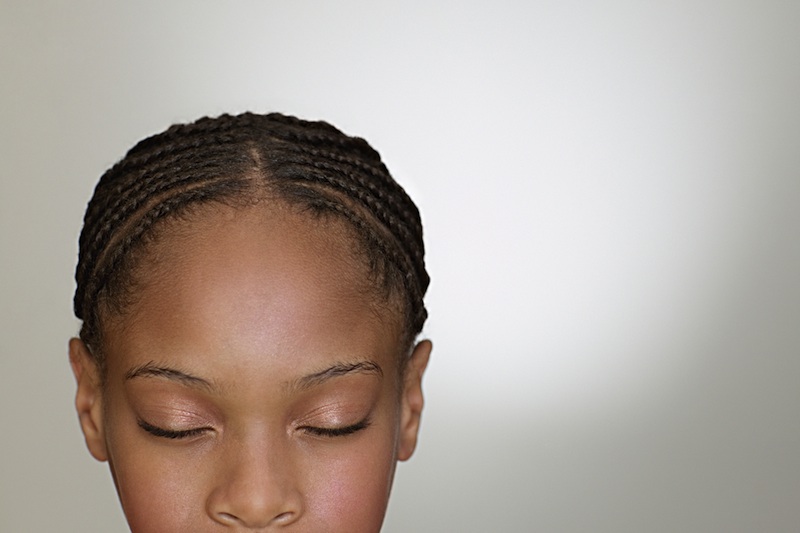
A girl wears her hair in cornrows.
Louis XIV
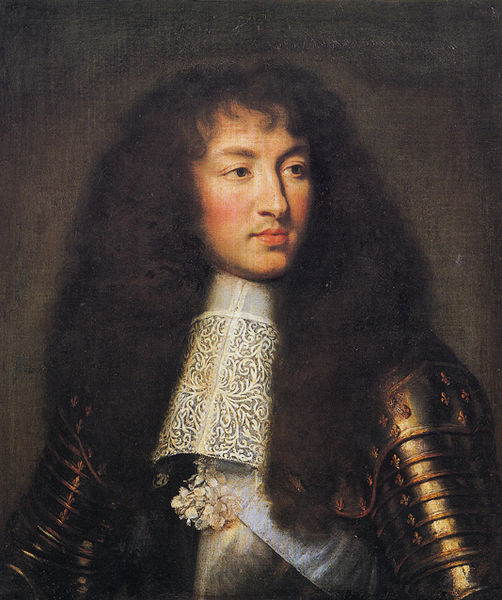
Louis XIV wore massive wigs in the style of royalty of his era.
Get the world’s most fascinating discoveries delivered straight to your inbox.
Military Cut

The "high and tight" military haircut.
Beehive Hairdo
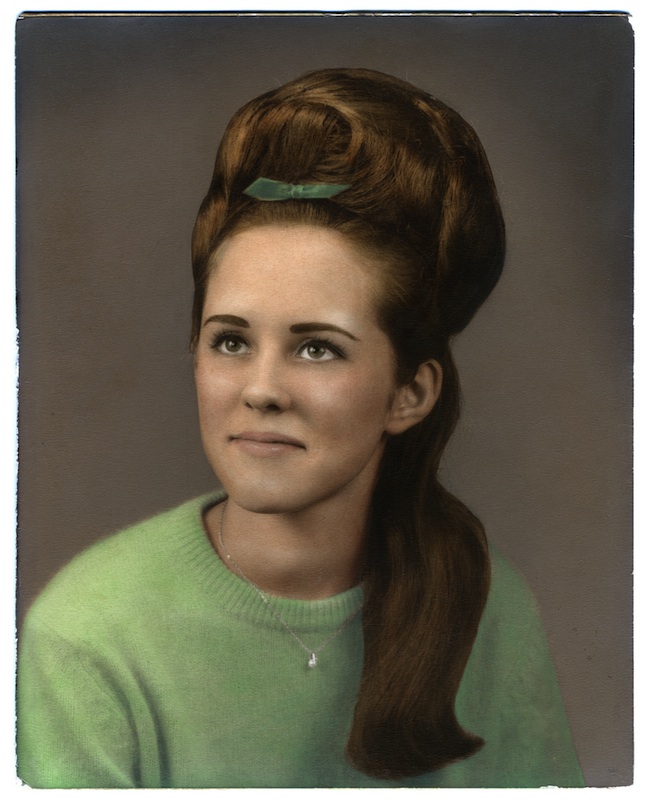
A take on the popular 1960s beehive hairstyle.
The bob
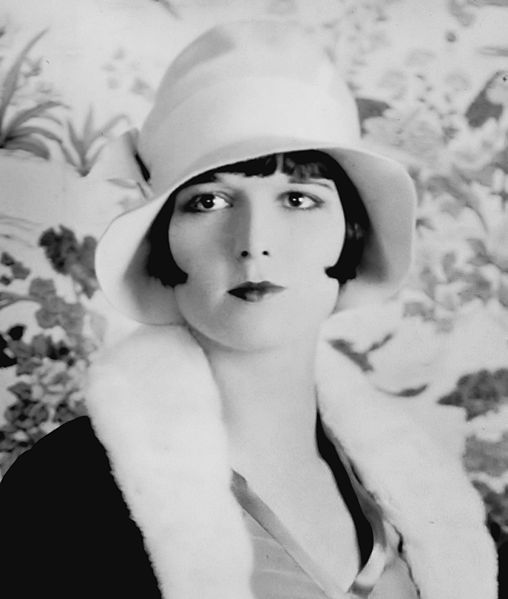
1920s film star Louise Brooks sporting a bob hairstyle, later popularized in the 1960s by Vidal Sassoon

Stephanie Pappas is a contributing writer for Live Science, covering topics ranging from geoscience to archaeology to the human brain and behavior. She was previously a senior writer for Live Science but is now a freelancer based in Denver, Colorado, and regularly contributes to Scientific American and The Monitor, the monthly magazine of the American Psychological Association. Stephanie received a bachelor's degree in psychology from the University of South Carolina and a graduate certificate in science communication from the University of California, Santa Cruz.
